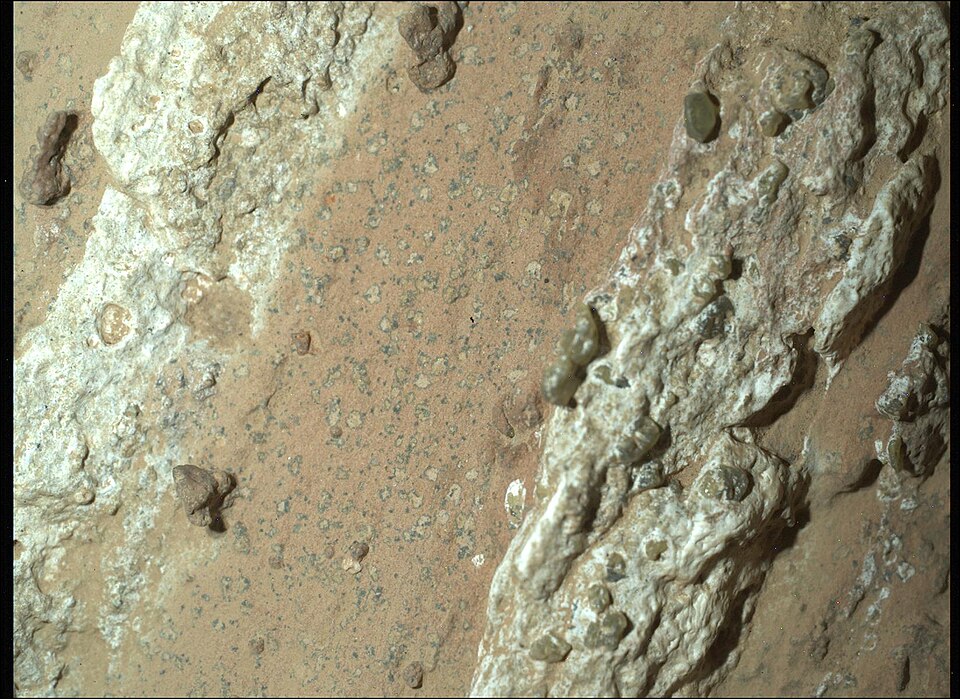New Study Reveals Mars Was Warm and Wet 3.7 Billion Years Ago

Recent research has unveiled substantial evidence suggesting that Mars was not only warm but also wet approximately 3.7 billion years ago. This study, led by Adam Losekoot, a Ph.D. student at the Open University, focused on the discovery of over 15,000 km of ancient riverbeds located in Noachis Terra, a region in the southern highlands of Mars. The findings challenge existing theories that the Martian climate was predominantly cold and dry, proposing instead that conditions may have allowed liquid water to exist on the surface for extended periods.
The research was presented at the Royal Astronomical Society’s National Astronomy Meeting on July 10, 2025, in Durham, United Kingdom. The study utilized data from three orbital instruments: the Context Camera (CTX), the Mars Orbiter Laser Altimeter (MOLA), and the High Resolution Imaging Science Experiment (HiRISE). These data sets were crucial in mapping the extensive locations, lengths, and morphologies of fluvial sinuous ridges across Noachis Terra.
According to Losekoot, “The presence of these ridges suggests that flowing water was once widespread in this region, with precipitation being the most likely source of this water.” The fluvial sinuous ridges, also known as inverted channels, are believed to have formed when sediment deposited by rivers hardened and was later exposed as the surrounding material eroded. This geological evidence indicates that Noachis Terra experienced a significantly wetter climate than previously understood.
The study’s findings provide a critical perspective on the Noachian-Hesperian transition, a period marked by dramatic geological and climatic changes on Mars. Two prevailing hypotheses exist regarding the climate of early Mars: one posits that warm and wet conditions prevailed, allowing for stable liquid water on the surface, while the other suggests a predominantly cold and dry climate with sporadic melting events creating temporary water flow.
Dr. Helen Smith, a planetary scientist at NASA’s Jet Propulsion Laboratory, commented on the implications of this research: “These findings could reshape our understanding of Mars’ geological history and its potential to have harbored life.”
Furthermore, Dr. Michael Thompson, an expert in planetary geology at the University of California, Los Angeles, remarked, “The evidence of such extensive river systems on Mars opens new avenues for exploring the planet’s past habitability.”
The discovery of these riverbeds is significant not only for understanding Mars’ climatic history but also for future exploration missions. NASA’s Perseverance rover, currently exploring the Jezero Crater, is collecting samples that may provide further insights into the planet’s ancient environments.
In conclusion, the research led by Losekoot presents compelling evidence that Mars was once a complex and dynamic environment capable of supporting liquid water. As scientists continue to investigate the geological features of Mars, the potential for discovering remnants of ancient life or conditions suitable for life remains an exciting possibility. The ongoing exploration of Mars may yield further revelations about the planet’s past and its place in the solar system.
This study represents a new chapter in Martian research, highlighting the need for continued exploration and analysis of the Red Planet’s surface features. As space agencies and researchers collaborate on future missions, the quest to unravel Mars’ climatic history may ultimately inform humanity’s understanding of life beyond Earth.
Advertisement
Tags
Advertisement





